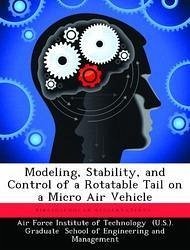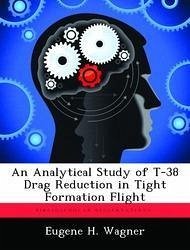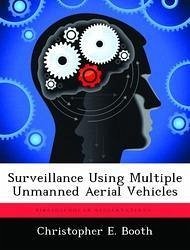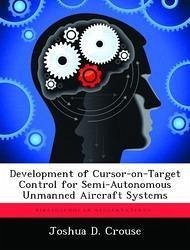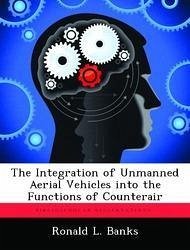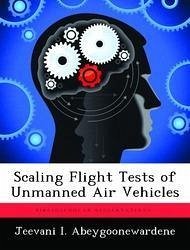
Scaling Flight Tests of Unmanned Air Vehicles
Versandkostenfrei!
Versandfertig in über 4 Wochen
52,99 €
inkl. MwSt.
Weitere Ausgaben:

PAYBACK Punkte
26 °P sammeln!
Increasing technological advances and research interest in unmanned air vehicles(UAVs), have led to the need for having safe, inexpensive and effective means ofexperimenting with their fight performance and surveillance capabilities. Work has previously been done in areas of controlling, analyzing, and predicting cooperative and autonomous operations of UAVs and other vehicles. In addition, there are well established guidelines for scaling experiments in fluid mechanics, where geometric,kinematic and dynamic similarity is obtained by formulating problems in terms of nondimensional variables us...
Increasing technological advances and research interest in unmanned air vehicles(UAVs), have led to the need for having safe, inexpensive and effective means ofexperimenting with their fight performance and surveillance capabilities. Work has previously been done in areas of controlling, analyzing, and predicting cooperative and autonomous operations of UAVs and other vehicles. In addition, there are well established guidelines for scaling experiments in fluid mechanics, where geometric,kinematic and dynamic similarity is obtained by formulating problems in terms of nondimensional variables using dimensional analysis. However, little or no work has been done in developing experiments or guidelines for air vehicles and their sensors. The currently available experiments for such purposes, which are designed around commercially available equipment, have not been standardized and cannot be related to the real systems and the real requirements. The analysis done in this research provides an important step in setting upguidelines for experimental scaling of flight tests of UAVs. This makes it possible to use computer simulations and ground hardware experiments in a useful way for performance evaluations before having to fly the actual vehicle. Equations and simulations used have been defined in non-dimensional terms in order to allow for a scale independent approach as per the Buckingham Pi theorem. Comparisons have been drawn of flight and sensor performance characteristics between a nominal wide search area vehicle and two surrogate hardware systems having widely varying operating characteristics.






